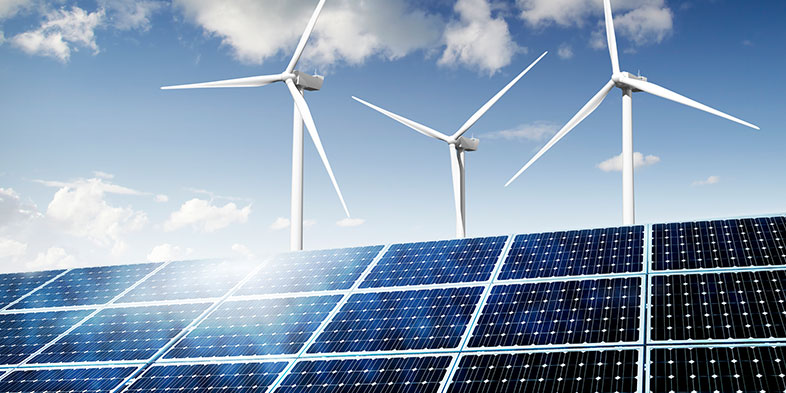Evolution of the PPA

Over the past 12 months or so there have been a number of announcements and press articles about renewable energy generators entering into relatively long-term power purchase agreements with private enterprises — private PPAs — in respect of renewable energy projects situated in Alberta. RWE Renewables announced its agreement with Direct Energy. BluEarth Renewables announced PPAs with Bullfrog Power, RBC and Shell North America. Capital Power announced an agreement with Labatt. Amazon announced a number of PPAs around the world, including in respect of a 375 MW solar farm in Alberta. The list undoubtedly goes on, and of course there are also a number of private PPAs that have been entered into about which no public announcements have been made — private PPAs in the sense that they remain confidential as well as the fact that the agreements are between renewable energy generators and private enterprises, as opposed to being the result of public procurement.
We have been pleased to assist our clients with many of these PPAs. We have also spoken to a number of different audiences at several venues about the hallmarks, desirability and core terms of PPAs. Over time, we have noticed a change in the character and quality of the conversation surrounding PPAs. Where in the beginning much time was spent discussing the fundamental nature of a PPA and how it was all supposed to work, now time is spent discussing and negotiating much more nuanced elements of the agreements.
For example, I recall a presentation that a colleague and I made along with the general counsel of a renewable energy company not much more than two years ago. This presentation was to a room full of professionals, most of whom were lawyers whose practices were focused on the energy industry (albeit primarily oil and gas at that time); it was a relatively sophisticated audience with a reasonably high base line understanding of how the energy industry functioned at that time. After we had waxed poetic about the virtues of PPAs and discussed some of the core terms to be found within such an agreement (much less poetic), I remember one of the audience members asking how a prospective purchaser of renewable energy under a PPA could address or mitigate the risk of business interruption that could result from a loss of power in the event that the sun wasn’t shining or the wind wasn’t blowing.
Now, I don’t highlight this memory for the purposes of casting aspersions on the individual that asked the question — I can’t even remember who that individual was. Further, judging by the reaction of the rest of the audience to the question and our collective response, this was not a question about which the individual who asked it was alone in wondering. Rather, I think the memory is worth highlighting to show that, not much more than two years ago, even a relatively sophisticated audience had a fairly limited understanding of how the electricity market, and the physical delivery of electricity from power plants to consumers, actually functions in Alberta.
Fast forward a couple of years and the discourse and negotiations on behalf of clients around PPAs have materially evolved. The industry — the collective mass of potential generators and consumers of renewable energy — is much more knowledgeable and has a much better understanding of what a PPA in respect of a renewable energy project actually is and how it fits within the broader scheme of the electricity market and the physical transmission and distribution of electricity. Instead of discussing what will happen to a factory if the sun isn’t shining or the wind isn’t blowing, we discuss the finer points of whether a particular PPA is an eligible financial contract (and whether that’s even desirable to the parties in the circumstances), or the granular details about whether (and when and how much) a renewable energy project will generate emissions offsets or renewable energy credits.
In my view, this evolution in the conversation around PPAs is in large part attributable to the increased (and increasing) prevalence of these arrangements — or perhaps it’s the other way around, but in the end it amounts to the same result. As more and more deals are done, they are better understood both by the direct participants and the industry at large, which has been beneficial in getting yet more deals done.
There is an old adage about the oil and gas industry that I have oft heard repeated: that everyone wants to be first to be second. I believe this same mindset has been present in the adoption of renewable energy PPAs in the private sector. While adoption in Canada has lagged what we have seen in the United States, it certainly appears to be increasing significantly. Unsurprisingly, this is having very beneficial consequences not only for renewable energy generators, but also for any private enterprise interested in procuring renewable energy (which includes what appears to be a steadily growing segment of electricity consumers). The industry’s wins have furthered the general understanding and comfort level with PPAs, which only makes it easier for generators and customers alike to secure more wins. I, for one, am excited to watch this virtuous circle continue to roll forward.